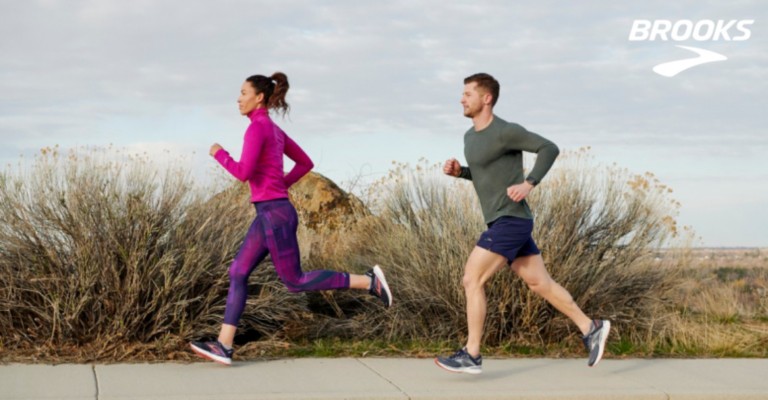How Should Running footbed shoes Fit?
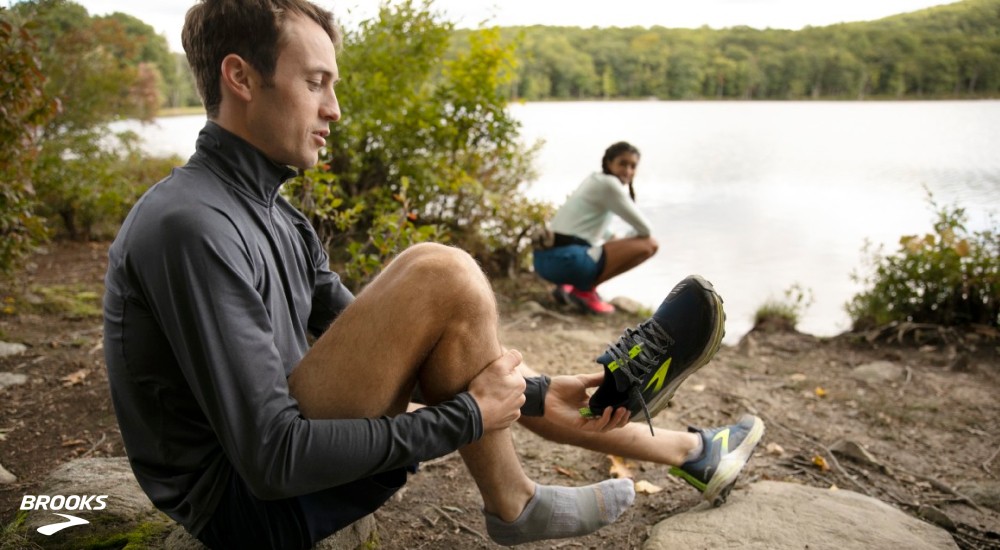
When looking for your next pair of running footbed shoes, it’s tempting to base your decision on what color combination catches your eye. But, finding the perfect pair is about so much more than just looks—it really comes down to how the running shoe fits and feels to you. Our Footwear Experts share the basics of how a running shoe should fit when trying on your next pair.
How to Fit Running footbed shoes
When trying on your footbed shoes for the first time or at the store, be sure you have the following covered:
✔ Wear the socks you plan to wear when running
✔ Try your footbed shoes on with orthotics (if applicable)
✔ Try your footbed shoes on towards the end of the day
Keeping in mind these three suggestions, you’re ready to test out the fit of your running footbed shoes! Pay attention to how the footbed shoes fit in three main areas: toe, midsole, and heel.
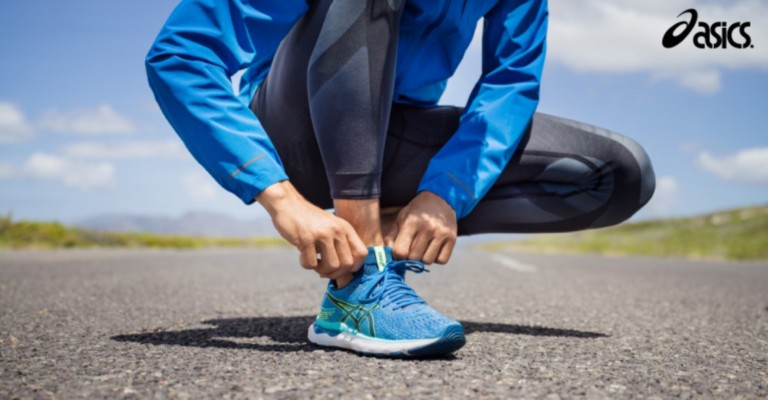
- Toe Fit: Slide your foot all the way to the back of the shoe. Check to see if there’s a thumb’s (about a ½ inch) width of space between your big toe and the end of the shoe. Size up or down based on if there’s not enough space or too much space.
- Midsole Fit: When checking the midsole fit, some about the middle part of the shoe. This should feel comfortably snug.
- Heel Fit: Similar to how the midsole feels, you’ll want your heel to fit comfortably snug but not too tight.
Although your running footbed shoes should feel comfortable right away, it’s always a good idea to wear them around the house or on the treadmill for the first few miles, especially if you’re changing models or brands.
If your running footbed shoes are properly sized, you won’t notice discomfort, blisters, or pain, but if you notice any issue, take note of what’s bothering you so you know what you’ll need differently in your next pair.
- nike air jordan 1 low outlet
- Adidas forum low ✨⭐🌟 кроссовки для города форум как форсы но от адидас, nmd r1 vs nmd r2 womans sizing pants suit , Украина #123590352, а не найк. форум — цена 2049 грн в каталоге Кроссовки ✓ Купить мужские вещи по доступной цене на Шафе
- SBD - 600 Mid GS Medium Soft Pink FD8780 , NIKE◆AIR JORDAN 5 RETRO TORO BRAVO 27.5cm RED DD0587 - 116 - NIKE◆AIR JORDAN 5 RETRO TORO BRAVO 27.5cm RED DD0587-600
- Latest Nike Air Max 97 Trainer Releases & Next Drops , Nike Air Jordan Retro I High OG Black Metallic Gold 2020 , IetpShops
- For bruised or blistered toes, your footbed shoes are too small, so you’ll want to size up.
- For blisters on the ball of your foot, your footbed shoes are too wide, so you’ll want to wear a style that offers a more narrow fit.
- For heel blisters, start by lacing your footbed shoes differently to keep your heel more secure. If that doesn’t work, it’s best to look for a shoe with a narrower heel.
Womens Black Ruched Ankle Boots | Additional Running Shoe Sizing & Fit Tips
When finding your running shoe size and fit, keep in mind these additional tips from our Footwear Experts:
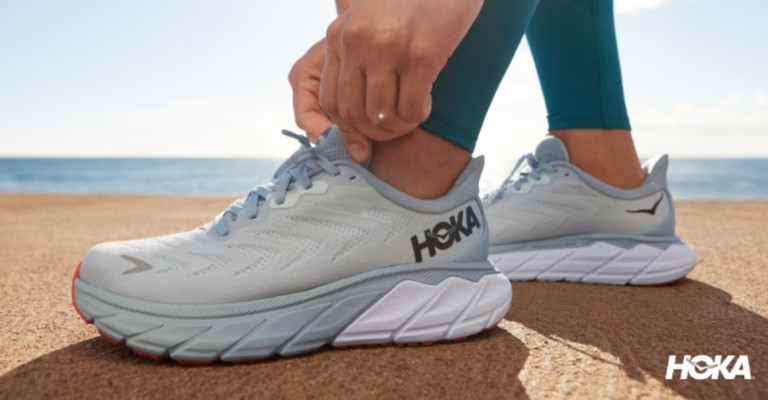
- Brand Differences: Each running brand offers a slightly different fit. Some runners are loyal to one or another, but it really depends on what feels best for your feet.
- Timing: Always try on your running footbed shoes at the end of the day. When you run, especially in warm weather, your feet swell so trying your new pair on at the end of the day will help mimic that.
- Wear Socks: Make sure to wear the socks you usually wear when running. If you’re running in warm weather, thin, Bistro socks are the best option. For those who continue to run outdoors in cold temperatures, you’ll want to wear thicker socks. Although it may seem like a small difference, the type of socks you wear influences how your footbed shoes fit.
How to Tie Your Running footbed shoes
Lacing your running footbed shoes differently can help alleviate sore heel blisters. To prevent your heel from slipping, you can lace up your running footbed shoes using the ‘Runner’s Loop’ method.
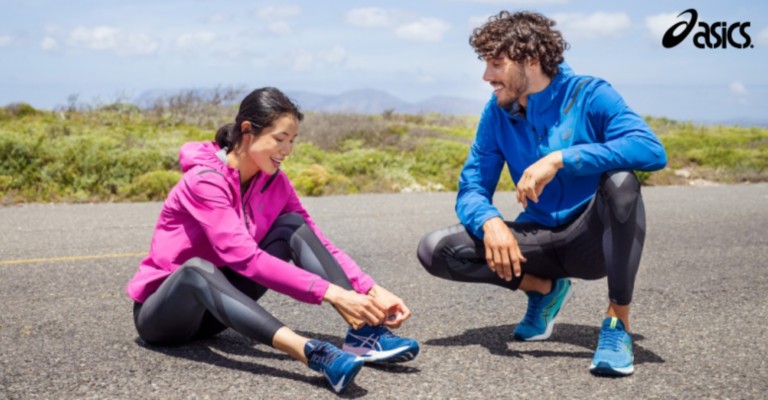
- Lace-up your footbed shoes as normal.
- When you reach the point where you would normally tie the laces, insert the end of each lace into the side eyelet. This will form a small loop on either side of your ankle.
- Now, cross one lace over towards the opposite loop and thread it through.
- Repeat using the other lace.
- Pull the laces tight and tie them as normal.
If you’ve already done this but your heel is still slipping, you’ll want to be sure to look for a narrower heel cup in your next pair of running footbed shoes.
Understanding how your running footbed shoes should fit will help ensure you find the perfect pair for your next training cycle. If you’re still unsure on finding a properly fitting pair of running footbed shoes, stop into your local WITZENBERG store and have a professional fitting. Our Footwear Experts are trained to help you find the right pair of running footbed shoes based on your foot type, pronation, and other factors.
Related Running Articles
Wanting to learn more about finding the best pair of running footbed shoes for you? Check out our related running shoe articles to help you find the perfect pair.

